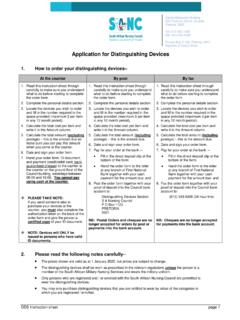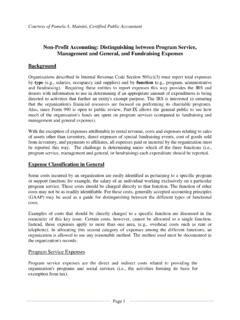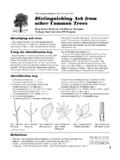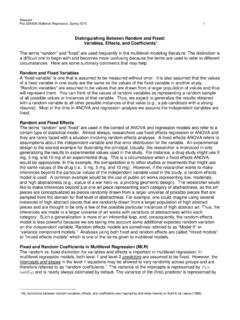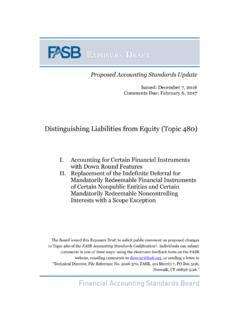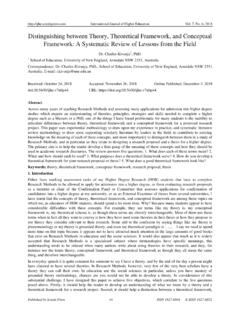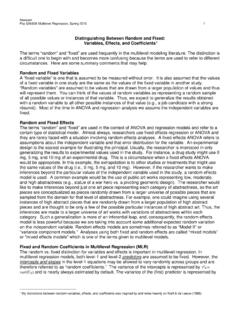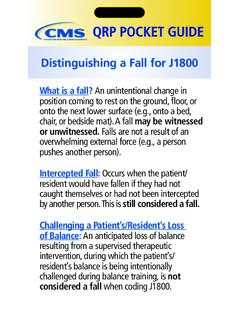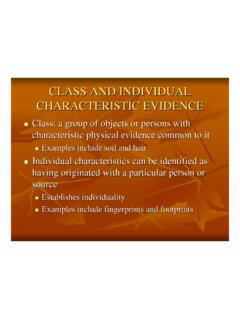Transcription of arXiv:2005.14165v4 [cs.CL] 22 Jul 2020
1 Language Models are Few-Shot LearnersTom B. Brown Benjamin Mann Nick Ryder Melanie Subbiah Jared Kaplan Prafulla DhariwalArvind NeelakantanPranav ShyamGirish SastryAmanda AskellSandhini AgarwalAriel Herbert-VossGretchen KruegerTom HenighanRewon ChildAditya RameshDaniel M. ZieglerJeffrey WuClemens WinterChristopher HesseMark ChenEric SiglerMateusz LitwinScott GrayBenjamin ChessJack ClarkChristopher BernerSam McCandlishAlec RadfordIlya SutskeverDario AmodeiOpenAIAbstractRecent work has demonstrated substantial gains on many NLP tasks and benchmarks by pre-trainingon a large corpus of text followed by fine-tuning on a specific task. While typically task-agnosticin architecture, this method still requires task-specific fine-tuning datasets of thousands or tens ofthousands of examples.
2 By contrast, humans can generally perform a new language task from onlya few examples or from simple instructions something which current NLP systems still largelystruggle to do. Here we show that scaling up language models greatly improves task-agnostic,few-shot performance, sometimes even reaching competitiveness with prior state-of-the-art fine-tuning approaches. Specifically, we train GPT-3, an autoregressive language model with 175 billionparameters, 10x more than any previous non-sparse language model, and test its performance inthe few-shot setting. For all tasks, GPT-3 is applied without any gradient updates or fine-tuning,with tasks and few-shot demonstrations specified purely via text interaction with the model.
3 GPT-3achieves strong performance on many NLP datasets, including translation, question-answering, andcloze tasks, as well as several tasks that require on-the-fly reasoning or domain adaptation, such asunscrambling words, using a novel word in a sentence, or performing 3-digit arithmetic. At the sametime, we also identify some datasets where GPT-3 s few-shot learning still struggles, as well as somedatasets where GPT-3 faces methodological issues related to training on large web corpora. Finally,we find that GPT-3 can generate samples of news articles which human evaluators have difficultydistinguishing from articles written by humans. We discuss broader societal impacts of this findingand of GPT-3 in general.
4 Equal contribution Johns Hopkins University, OpenAIAuthor contributions listed at end of [ ] 22 Jul 2020 Contents1 Introduction32 and Architectures .. Dataset .. Process ..103 Modeling, Cloze, and Completion Tasks .. Book Question Answering .. Tasks .. Sense Reasoning .. Comprehension .. and Qualitative Tasks ..214 Measuring and Preventing Memorization Of Benchmarks295 Limitations336 Broader of Language Models .. , Bias, and Representation .. Usage ..397 Related Work398 Conclusion40A Details of Common Crawl Filtering43B Details of Model Training43C Details of Test Set Contamination Studies43D Total Compute Used to Train Language Models46E Human Quality Assessment of Synthetic News Articles46F Additional Samples from GPT-348G Details of Task Phrasing and Specifications50H Results on All Tasks for All Model Sizes6321 IntroductionRecent years have featured a trend towards pre-trained language representations in NLP systems, applied in increasinglyflexible and task-agnostic ways for downstream transfer.
5 First, single-layer representations were learned using wordvectors [MCCD13,PSM14] and fed to task-specific architectures, then RNNs with multiple layers of representationsand contextual state were used to form stronger representations [DL15,MBXS17,PNZtY18] (though still applied totask-specific architectures), and more recently pre-trained recurrent or transformer language models [VSP+17] havebeen directly fine-tuned, entirely removing the need for task-specific architectures [RNSS18, DCLT18, HR18].This last paradigm has led to substantial progress on many challenging NLP tasks such as reading comprehension,question answering, textual entailment, and many others, and has continued to advance based on new architecturesand algorithms [RSR+19,LOG+19,YDY+19,LCG+19].
6 However, a major limitation to this approach is that whilethe architecture is task-agnostic, there is still a need for task-specific datasets and task-specific fine-tuning: to achievestrong performance on a desired task typically requires fine-tuning on a dataset of thousands to hundreds of thousandsof examples specific to that task. Removing this limitation would be desirable, for several , from a practical perspective, the need for a large dataset of labeled examples for every new task limits theapplicability of language models. There exists a very wide range of possible useful language tasks, encompassinganything from correcting grammar, to generating examples of an abstract concept, to critiquing a short story.
7 For manyof these tasks it is difficult to collect a large supervised training dataset, especially when the process must be repeatedfor every new , the potential to exploit spurious correlations in training data fundamentally grows with the expressivenessof the model and the narrowness of the training distribution. This can create problems for the pre-training plusfine-tuning paradigm, where models are designed to be large to absorb information during pre-training, but are thenfine-tuned on very narrow task distributions. For instance [HLW+20] observe that larger models do not necessarilygeneralize better out-of-distribution. There is evidence that suggests that the generalization achieved under this paradigmcan be poor because the model is overly specific to the training distribution and does not generalize well outside it[YdC+19,MPL19].
8 Thus, the performance of fine-tuned models on specific benchmarks, even when it is nominally athuman-level, may exaggerate actual performance on the underlying task [GSL+18, NK19].Third, humans do not require large supervised datasets to learn most language tasks a brief directive in naturallanguage ( please tell me if this sentence describes something happy or something sad ) or at most a tiny numberof demonstrations ( here are two examples of people acting brave; please give a third example of bravery ) is oftenFigure : Language model unsupervised pre-training, a language model develops a broadset of skills and pattern recognition abilities.
9 It then uses these abilities at inference time to rapidly adapt to or recognizethe desired task. We use the term in-context learning to describe the inner loop of this process, which occurs withinthe forward-pass upon each sequence. The sequences in this diagram are not intended to be representative of the data amodel would see during pre-training, but are intended to show that there are sometimes repeated sub-tasks embeddedwithin a single : Larger models make increasingly efficient use of in-context show in-context learningperformance on a simple task requiring the model to remove random symbols from a word, both with and without anatural language task description (see Sec.)
10 The steeper in-context learning curves for large models demonstrateimproved ability to learn a task from contextual information. We see qualitatively similar behavior across a wide rangeof to enable a human to perform a new task to at least a reasonable degree of competence. Aside from pointingto a conceptual limitation in our current NLP techniques, this adaptability has practical advantages it allows humansto seamlessly mix together or switch between many tasks and skills, for example performing addition during a lengthydialogue. To be broadly useful, we would someday like our NLP systems to have this same fluidity and potential route towards addressing these issues is meta-learning1 which in the context of language models meansthe model develops a broad set of skills and pattern recognition abilities at training time, and then uses those abilitiesat inference time to rapidly adapt to or recognize the desired task (illustrated in Figure ).
![arXiv:0706.3639v1 [cs.AI] 25 Jun 2007](/cache/preview/4/1/3/9/3/1/4/b/thumb-4139314b93ef86b7b4c2d05ebcc88e46.jpg)

![arXiv:1301.3781v3 [cs.CL] 7 Sep 2013](/cache/preview/4/d/5/0/4/3/4/0/thumb-4d504340120163c0bdf3f4678d8d217f.jpg)
![@google.com arXiv:1609.03499v2 [cs.SD] 19 Sep 2016](/cache/preview/c/3/4/9/4/6/9/b/thumb-c349469b499107d21e221f2ac908f8b2.jpg)






